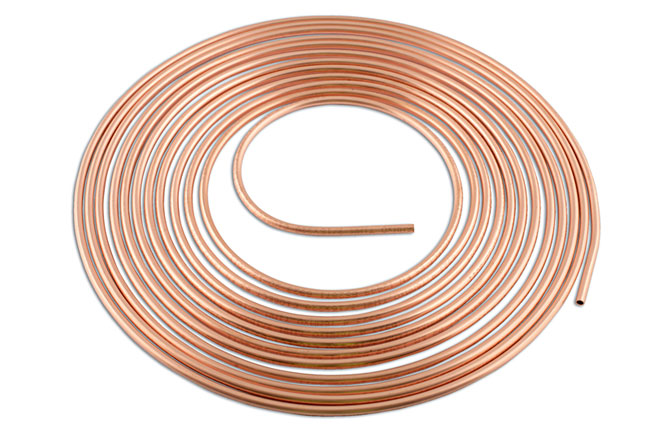Hello Everyone,
Can you advise me with the follow :
I have to calculate the weight of a particular copper pipe based on the diameter and specific gravity.
I have a rol of 10 kg cupper pipe with an outer diameter of 0.64 m and an inner diameter of 0.30 meter. The pipe itself has a diameter of 10 mm and its specific gravity (weight) is 0.250 kg per meter.
Now someone ask for 3 kg cupper pipe.
We know the specific weight is 0.250 kg per meter.
The formula for calculate the exact length we need based on the specific weight is :
Diameter rol * 3.14 (pi)
0.64 * 3.14 = 2,0096 m (circumference of one full circle pipe)
To calculate the amount of circles pipe necessary :
Circumference one circle * specific weight
2.0096 m * 0.250 = 0.5024 kg for 1 circle
Now we know the weight of 1 circle, we can easily calculate the amount of circles with :
Requested weight / weight for 1 circle
3 kg / 0.5024 kg = 5,971337579617834
which mean :
5 full circles plus 0.97 m
So long so good. But as I mentioned the outer diameter is 0.64, and the inner is 0.30 m. Our formula works good as long as the cutted circles are close to the outer diameter (where we start cutting). But imagine that we need 7 kg which mean with the formula above, taking the outer diameter the error margin becomes too great. So we need to take an average diameter which is better but still not good enough. Copper is very expensive that is why the calculation have to be accurate.
My question to you :
Do you know a method to accuratelly calculate the requested amount of weight taking in mind the difference between the outer and inner diameter?
I really do hope I succeeded in showing you a clear picture of the problem.
Any ideas, formulas will be very much appreciated. I thank you in advance for your time and efforts spend on my request.
Wish you all a very nice day and all the best.
Friendly greetings,
Chris

 Hope they help!
Hope they help!